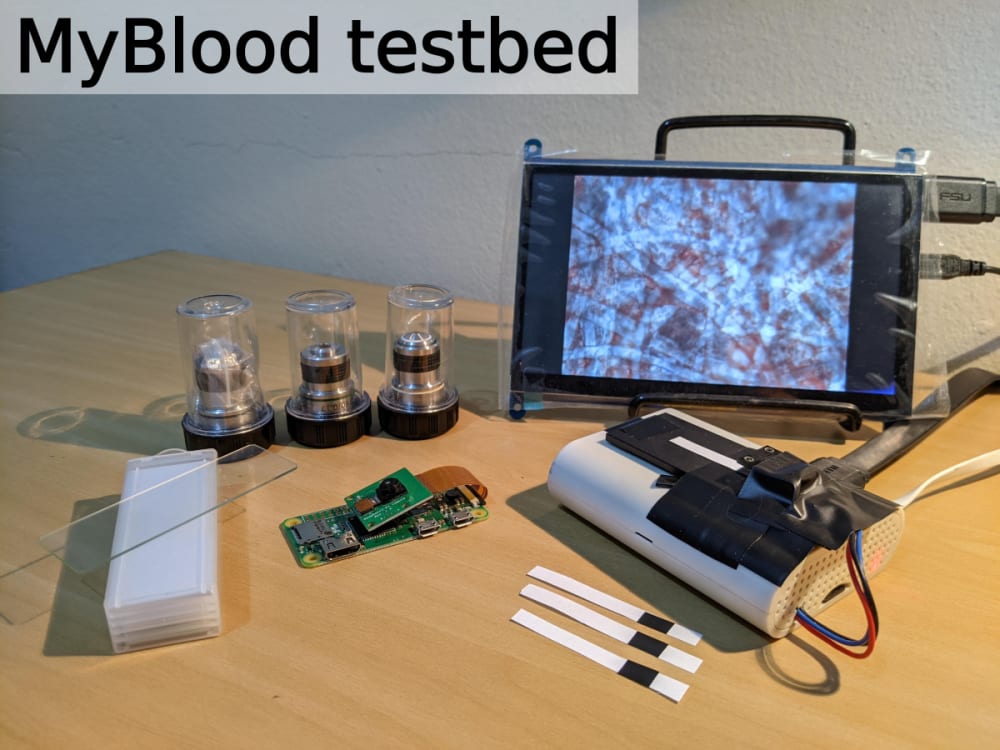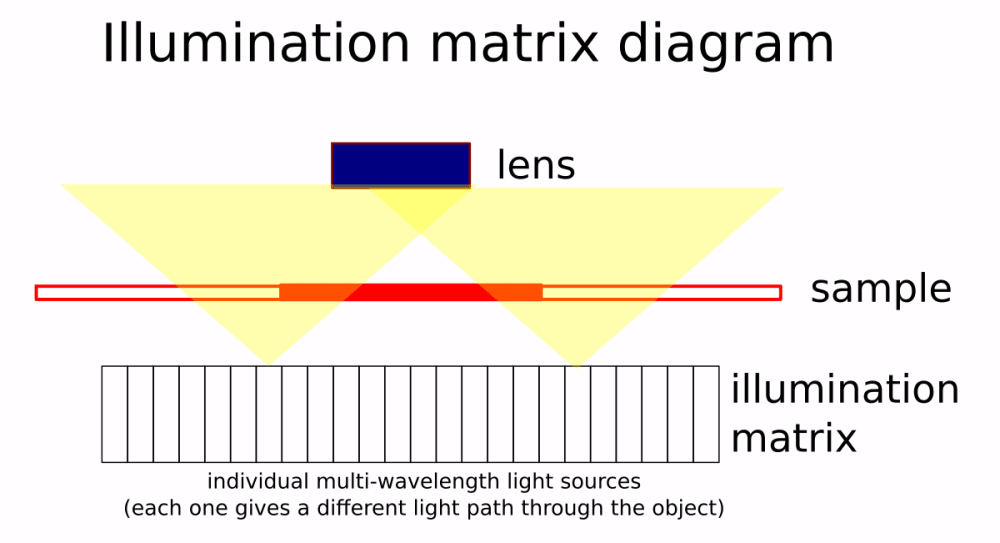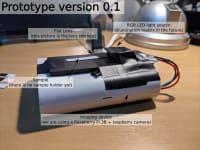During the COVID-19 pandemic, it became clear that we need to have a more accessible and democratic health system around the world. The inequality problem is even more evident in developing countries, where some urban centers have more than enough medical resources while most countryside doesn't even have laboratory analysis facilities, relying entirely on the shipment of samples to the nearest urban laboratory. This time-consuming process has serious implications on medical emergencies and is completely infeasible during a health crisis as seen during the last years.
Blood tests are usually done using expensive analysis machines that, despite being fairly autonomous, still need specialized human interaction and chemicals to perform the analysis. Although the state-of-the-art process is quite inexpensive per test, it still needs a big initial investment for the machinery and has a recurrent cost of chemicals and personnel needed to operate and validate the results, specially when something goes wrong with the automated test. These costs make it impossible to replicate those facilities everywhere, reinforcing the inequality problem. Public health data suggests that this generates an annual deficit of 6.3 millions blood tests in Brazil alone. To tackle these problems we are developing the MyBlood: a portable autonomous device capable of performing inexpensive blood tests anywhere.
MyBlood is a device that uses deep learning to identify and count the blood cells in a multiplanar and multispectral image. It sounds complicated, but the principle is simple: we are developing a lightning matrix capable of generating enough data to resolve the 3D structure of the sample, and use different wavelengths to easily differentiate the blood cells. It’s necessary to resolve the 3D structure of the sample because we are not using glass as the surface to perform the tests: an inexpensive cellulose and polymer strip is being developed for this. The multispectral light matrix is important so we don’t need to use chemical dyes to enhance the image of the cells in the sample. In summary, we are developing a device that will use a drop of blood in a cellulose strip to evaluate the red blood cells and white blood cells level completely autonomously. For the user it will be mostly in the same way the glucose tests are performed nowadays, but as the process is much more sophisticated, the imaging data obtained can be also sent to a lab (through the internet) to be certified, if this validation is needed or the autonomous results are inconclusive.
We are now in the build and validation phase: we are testing different optics and designing the lightning matrix. We started testing different cellulose subtracts and aim to start the development phase of the strip in the second semester 2021. We are also looking for investments and partnerships to build the prototypes and start the calibration processes in 2022.
Like this entry?
-
About the Entrant
- Name:Luis Fernando Gomez Gonzalez
- Type of entry:teamTeam members:Alexandre Junqueira (Konker Labs)
Erick Mascagni Ferdinando (Konker Labs) - Patent status:none








